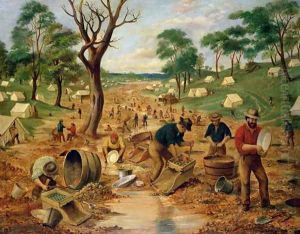Edwin Stocqueler Paintings
Edwin Stocqueler, also known as Joachim Hayward Stocqueler, was an English painter and illustrator born in 1829. He was a versatile artist who worked in a variety of mediums, including oil painting, watercolor, and engraving. Stocqueler had a diverse subject range, often depicting historical scenes, landscapes, and figures. He was particularly noted for his orientalist paintings, which reflected a fascination with the Middle East and Asia, themes that were popular among many European artists during the 19th century.
Stocqueler was born into a cultured family; his father, J. H. Stocqueler, was a journalist and lecturer. Edwin received encouragement in his artistic pursuits from a young age. Despite the absence of extensive records regarding his formal training, it is evident from his technical proficiency that he received a thorough education in the arts. Throughout his career, Stocqueler exhibited at prominent venues such as the Royal Academy and the British Institution in London, which was a testament to his skill and the recognition he received from his contemporaries.
His work was influenced by the broader trends of Victorian art, which included an interest in exoticism and the British Empire. Stocqueler's orientalist paintings, in particular, are characterized by their detailed depiction of Eastern costumes, architecture, and customs, and they often portray a romanticized vision of the East that catered to Western tastes of the period.
Despite a moderately successful career during his lifetime, Edwin Stocqueler's name did not achieve the same enduring fame as some of his contemporaries. He continued to work and exhibit his art until his later years. Stocqueler passed away in 1901. His paintings, while not widely known today, remain a part of the tapestry of 19th-century British art and offer insights into the cultural and historical motifs that influenced artists of the Victorian era.
